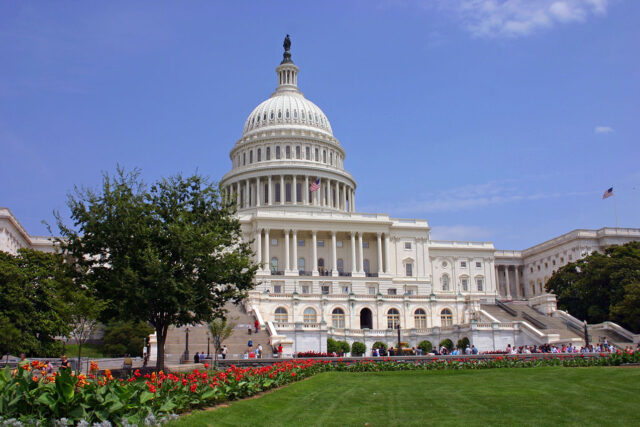Today marks the first day of the open application period for California’s next Citizens Redistricting Commission (CRC). The CRC is the state institution vested with the authority to redraw district lines for the state legislature, board of equalization, and Congress. This process occurs after every decennial census to reflect population shifts. The commission’s 14 members will use the new 2020 census data, along with testimony from the public, to draw new districts by August 2021.
If this sounds like the operation of a typical government agency, it is anything but. The CRC is a bold departure from the status quo that was first used in the last redistricting process, in 2011. Most observers felt it worked well the first time around. Today, the state embarks on a second attempt that hinges on a key question: can it work again?
In the past, authority to draw district lines resided with the state legislature. Legislators are of course chosen by the general public in normal elections, where many different issues are always at stake. They are politically connected by definition. When legislators were responsible for drawing the lines, they were not required to (nor did they) hold many public hearings about the redistricting process. Their decisions were subject to few constraints and did not need to be justified or even explained.
The CRC now follows a very different process. The commissioners are chosen through a public application process run by the nonpartisan state auditor. The potential applicant pool is incredibly broad: any registered voter who has been continuously registered with the same political party for five years and has voted in two of the last three statewide elections can apply. (There are a few conflict of interest provisions but they don’t apply to many people.) All the commission’s proceedings must be conducted in public. The lines it draws are subject to a long list of constraints, and the commission is required to produce a report explaining and justifying its decisions.
These rules and constraints may sound good on paper, but the success of the CRC ultimately rests on the quality of the people who serve on it. That requires a deep applicant pool, and the state was fortunate to get one the first time around. The auditor initially received almost 25,000 qualified applications, of which almost 5,000 were willing to fill out a far more detailed follow-up application.
Numbers this large might seem like overkill for a 14-member commission. But a surplus was helpful because the first applicants were not representative of the state as a whole. One of every two initial applicants was a non-Hispanic white male, well out of proportion with their share of the state’s population. Northern California was also overrepresented relative to Southern California, with Sacramento itself producing double the applicants that would be expected from chance alone.
However, with such a large pool to work with, the auditor was able to select a group of final candidates who looked much more like the state as a whole. The final commission was well balanced ethnically, geographically, and politically. Even more than that, the commissioners had a mix of experience and professional backgrounds. The members included a principal, a chiropractor, and a bookstore owner; they also included two civil rights attorneys, several people with experience in city planning, and a former director of the US Census.
The CRC helped to launch a redistricting reform movement that is now sweeping the country. Four states recently adopted commissions, and the first bill out of the US House this year included a commission reform modeled on the California experience. Many eyes are watching to see if the CRC can work a second time.
Needless to say, success the first time does not guarantee success again. The auditor will need a lot of applicants to create a diverse commission fully representative of the state. Anyone who supports the CRC’s mission and meets the basic requirements should consider throwing their hat into the ring.
The open application period closes on August 19.




